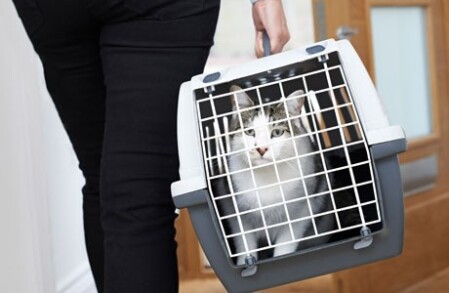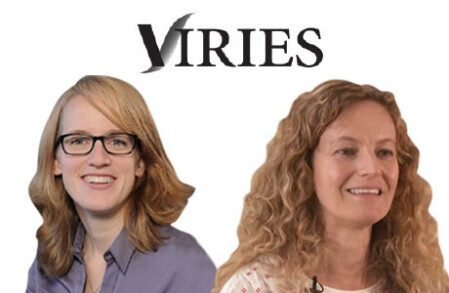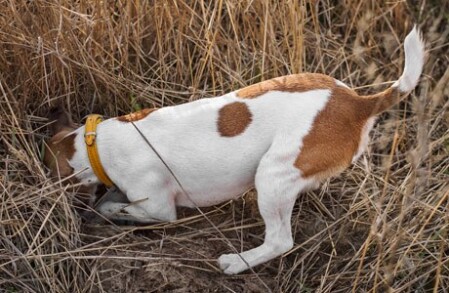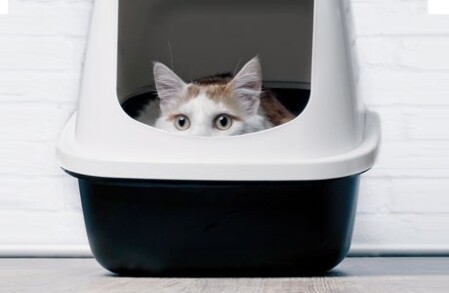Increase your knowledge with this eclectic collection of science-focused snippets, articles, video summaries and papers aimed at keeping you in the picture!

Scientific Snapshots
In this Scientific Snapshot, Dr. Younès Chorfi summarizes a journal article (Davies RH et al. Raw diets for dogs and cats: a review, with particular reference to microbiological hazards. J Small Anim Pract. 2019 Jun;60(6):329-339), with reference to the microbiological hazards associated to feeding a raw diet to dogs and cats.
Feeding products containing raw meat to dogs and cats has become markedly more popular in recent years among pet owners in many developed countries.
A large,...
Gastrointestinal protectants, such as omeprazole, famotidine, misoprostol, and sucralfate, are commonly administered to pets. However, despite their widespread use, guidelines have yet to be established in terms of prescribing these drugs, making overuse a commonplace. In an article published in the August 2018 issue of the Journal of Veterinary Internal Medicine, the authors describe how gastrointestinal protectants are used in pets and provide guidelines to encourage the rational...
Study shows that a single preappointment dose of gabapentin can help manage stress in cats during travel and examination.
Though cats are popular as pets, they visit veterinary clinics much less frequently than dogs. There are many reasons for this, but one of the major reasons is patient (and therefore client) stress.
Cats typically do not travel as well as dogs, and are often more upset by the sounds and smells of the veterinary clinic. Many adaptations to make clinics more “cat-friendly”...
Sponsored by


The Veterinary Interventional Radiology and Interventional Endoscopy Society's (VIRIES) mission is the advancement of the art and science of veterinary interventional radiology and interventional endoscopy.
VIRIES held its fourth annual meeting on May 1-3, 2019 in Squaw Valley, California, where veterinary professionals from all over the world shared cutting edge breakthroughs with their peers, and enjoyed great networking opportunities in a wonderful setting.
Drs. Catherine Vachon and Marilyn...
A recent study reveals a surprisingly high prevalence of this parasite in Southern Ontario Echinococcus multilocularis causes alveolar echinococcosis (AE) in humans and in dogs. This is a devastating disease with few good treatment options.
AE has previously been considered a rare disease in Canada. A newly identified European strain of E. multilocularis was first seen in western Canada (primarily AB and SK, but also in BC). The definitive host for the tapeworm are foxes, coyotes, and dogs. AE...
Sponsored by


Watch Dr. Nigel Gumley, Canadian veterinarian and Diplomate of the American Board of Veterinary Practitioners (Canine/Feline), as he talks about the recently published INTERNATIONAL SOCIETY FOR COMPANION ANIMAL INFECTIOUS DISEASES (ISCAID) guidelines for the diagnosis and management of bacterial urinary tract infections in dogs and cats. In this video, he explains why these guidelines were created, what information is available in the document, and how practical these guidelines are for...
Effective veterinary-client communication is paramount, especially when discussing the deep attachment that forms between family members and their pets, as well as how pets occupy an important place in the family.
Encouraging and clarifying client perceptions and expectations to provide recommendations tailored to each family are critical components when it comes to client-centric communication.
When clients feel included and understood, they feel a higher level of satisfaction towards their...
Histological changes in neutered cats' extra-urethral tissue may hold the answer. Feline lower urinary tract disease (FLUTD) is common in cats, and is a common reason for presentation to a veterinary clinic. Urethral obstruction is frequently seen in male FLUTD patients, and is a common cause for emergent presentation to a clinic.
Previous studies have documented that neutered male cats are more likely than intact males to suffer from urethral obstruction, but no reason for this difference...
Sponsored by


Study finds that body condition score may have an even greater effect Since the only way dogs can thermoregulate is by evaporating water from moist mucous membranes, it seems logical that brachycephalic dogs would be less efficient than non-brachycephalic dogs at dissipating heat during times of heat stress.
Many of us caution owners of brachycephalic dogs about the specific hazards of heat exposure in those breeds. In addition, many airlines refuse to allow brachycephalic dogs (and cats) to...
Sponsored by













